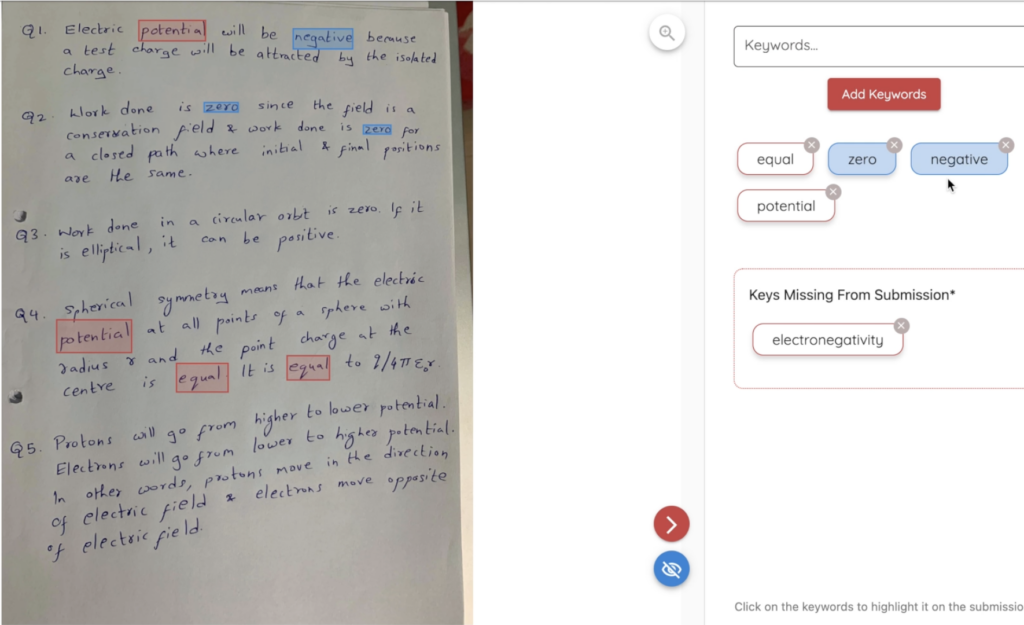We know that an intentional focus on writing instruction works. We also know that assessing student writing takes hours of teacher time, especially with longer essays. And we know we can help.
In a recent Education Week article titled “How One District Found Success by Overhauling Writing Instruction” by Caitlynn Peetz, we hear how Sumner County Schools in Tennessee realized substantial student growth when they shifted their writing instruction to be more intentional, to focus on styles beyond memoir and personal narrative, and to use writing instruction as a way to promote critical thinking, vocabulary building, and background knowledge.
The Sumner County schools incorporated writing into every subject area as an important way to facilitate instruction. And the results were a marked improvement in test scores, and a more comprehensive writing program across grades and subjects.
But, we know that teaching writing is harder, more time-consuming, and even though the benefits are clear, there’s a tougher hurdle to overcome in implementing it.
As Scott Langford, the Schools’ Chief Academic Officer, clearly put it: “I think part of the reason that there was so little writing over the previous decades was the fact that teachers just didn’t have time to do all the prep for lessons and at the [same] time to commit to giving feedback on student writing. It doesn’t really do any good to assign student writing if you don’t give feedback; there’s no point.”
Amen, Scott! We 100% agree with that sentiment, and we totally understand why many teachers are skeptical about extensive writing programs and the time it takes to do them well.
That’s why we’ve created an innovative solution- AI-assisted grading. It’s simple to use, and is based on something teachers do already. When assigning an informational piece of writing, teachers look for key words and phrases as their students show what they know and are able to do. This is a way for teachers to more efficiently give timely feedback. But it still takes hours to do a class set.
Not anymore. Litmus Learn has incorporated AI in a way that teachers have students submit their work- even handwritten work- and identifies key words and phrases from the lesson. Then, Litmus automatically highlights those words and phrases within the students’ writing, and even identifies which are missing.
Notice – our tool doesn’t replace the teacher. Instead, it makes the teacher more efficient, reduces the burden on them, saves them time, but still gives them the critical information about student performance that they need to inform future instruction. The best part – this feature is live on our platform right now! Teachers can start using it immediately for free.
Plus, this is just one example of the kinds of features Litmus Learn is creating to help teachers reduce their workload AND become more effective at the same time. Curious? Visit our website, or just comment, message us, or even better – sign up and start using!


